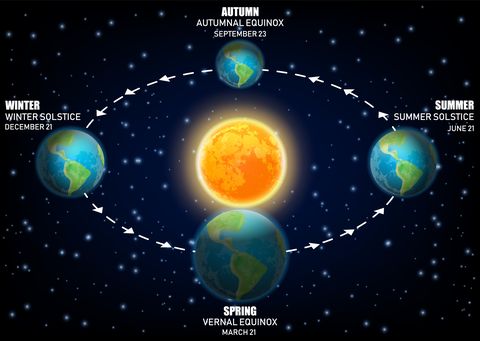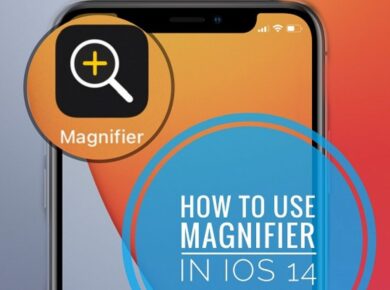Contingent upon where you reside in the Northern Hemisphere, the spring equinox (known as the principal day of spring) starts on March 19 or 20 of every year. However, what precisely is an equinox, and who chose while spring ought to start? The response to those questions is somewhat more confounded than you could naturally suspect.
Know more about various fantastic topics here
Earth and sun
To comprehend what the equinox is, you first need to know a smidgen about our nearby planet group. The Earth pivots on its hub, which is shifted by 23.5 degrees. It requires 24 hours to finish one round. As the Earth turns on its hub, it likewise circles the Sun, which requires 365 days to finish.
During the year, the planet progressively slants on its hub as it circles the Sun. For a portion of the year, the Northern Hemisphere — the piece of the planet over the equator — gets more daylight than the Southern Hemisphere. The other portion of, the Southern Hemisphere gets more daylight. Yet, two days in each schedule year, the two sides of the equator get a similar measure of daylight. These two days are known as the equinoxes, a Latin word signifying “equivalent evenings.”
In the Northern Hemisphere, the vernal (Latin for “spring”) equinox happens on March 19 or 20, contingent upon what time region you live in. The harvest time equinox, which flags the start of fall, starts again on September 21 or 22. Relies upon what time region you are in. In the Southern Hemisphere, these occasional equinoxes are altered.
Nowadays, both constantly keep going for 12 hours, in spite of the fact that sunshine can most recent eight minutes longer than around evening time because of barometrical refraction. This peculiarity makes daylight twist around the bend of the Earth, contingent upon conditions like barometrical tension and dampness, making light stop after nightfall and become noticeable before dawn.
Here you can get to know more about Russian dog names.
The start of spring
There is no worldwide regulation that says spring should start on the equinox. People have been noticing and celebrating occasional changes relying upon how long or short the day is since before recorded history. This custom became systematized in the Western world with the approach of the Gregorian schedule, which connected the difference in seasons to the equinoxes and solstices.
In the event that you live in North America, the spring equinox in 2018 starts at 6:15 a.m. in Honolulu, Hawaii; 10:15 a.m. in Mexico City; And at 1:45 pm. in St. John’s, Newfoundland, Canada. However, since the Earth doesn’t finish its circle in 365 days, the beginning of the yearly equinox changes yearly. For instance, in 2018, the equinox starts in New York City at 12:15 p.m. Eastern Daylight Time. However, in 2020, the equinox starts the prior night, at 11:49.
At the opposite end, the Sun at the North Pole lies not too far off of the Earth’s surface at the March equinox. At the March equinox, the Sun ascends not too far off around early afternoon and the North Pole stays enlightened until the harvest time equinox. At the South Pole, the sun sets in the early evening after the most recent half-year of perpetual light hours (since the pre-winter equinox).
Winter and summer solstice
Dissimilar to the two equinoxes when day in and day out are equivalent, the two yearly solstices mark the days when the halves of the globe get the most and least daylight. They likewise show the beginning of summer and winter. In the Northern Hemisphere, the late spring solstice happens on June 20 or 21, contingent upon what season and where you live. It is the longest day of the year north of the equator. The colder time of year solstice, the most limited day of the year in the Northern Hemisphere, happens on December 21 or 22. In the Southern Hemisphere, winter starts in June, and summer in December.
For instance, assuming you live in New York City, the 2018 summer solstice will be June 21 at 6:07 a.m. what’s more, the colder time of year solstice at 5:22 p.m. on the 21st of December. In 2019, the mid-year solstice starts at 11:54 am, yet in 2020 it happens at 5:43 pm. on 20 June. In 2018, New Yorkers will check the colder time of year solstice at 5:22 p.m. On December 21, 11;19 pm. On 21st in 2019 and on 21st in 2020 at 5:02 am.
Equinox and eggs
It is broadly accepted that one can adjust an egg toward the finish of the equinox, yet this is just a metropolitan legend that arose in the U.S. in 1945 following a Life magazine article on a Chinese egg-adjusting stunt. was begun in If you’re patient and cautious, you can adjust the egg on its base whenever.






